Zenobia pulverulenta
Common Name(s):
- Phonetic Spelling
- zen-OH-bee-ah pul-ver-yoo-LEN-tah
- Description
-
Dusty zenobia is a deciduous to evergreen shrub in the Ericaceae (blueberry) family that is native to portions of southeastern US oastal plain from Virginia to Georgia. It is native to moist soils in sandy or peaty pine savannas, shrub bogs, pond/swamp margins, and natural depression ponds.
While it is mostly deciduous in USDA zones 6 and 7, it is semi-evergreen south of zone 7. This shrub has showy green to bluish-green foliage. It is intolerant of heat and drought.
Dusty zenobia may not grow true from seed so propagatate it via softwood cuttings in early summer and layering or division in early spring.
- See this plant in the following landscape:
- Cultivars / Varieties:
-
- 'Woodlander's Blue'
- 'Woodlander's Blue'
- 'Woodlander's Blue'
- Tags:
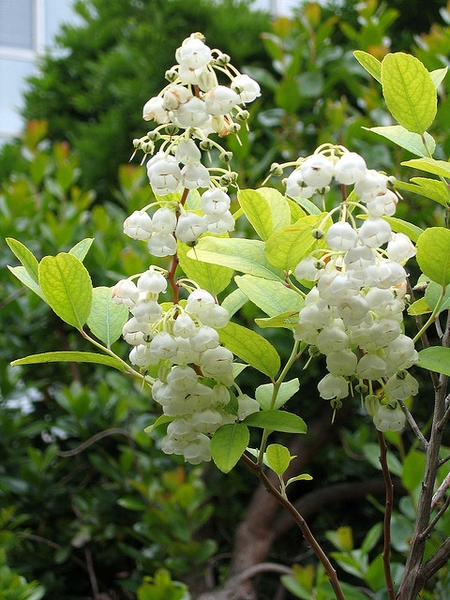
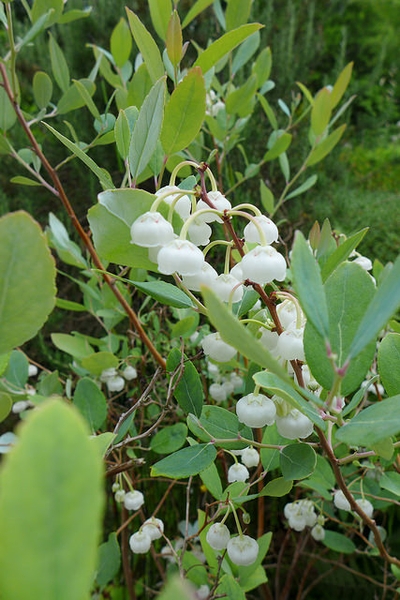
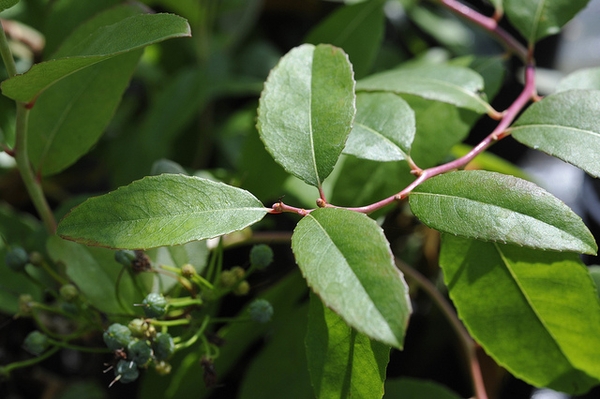
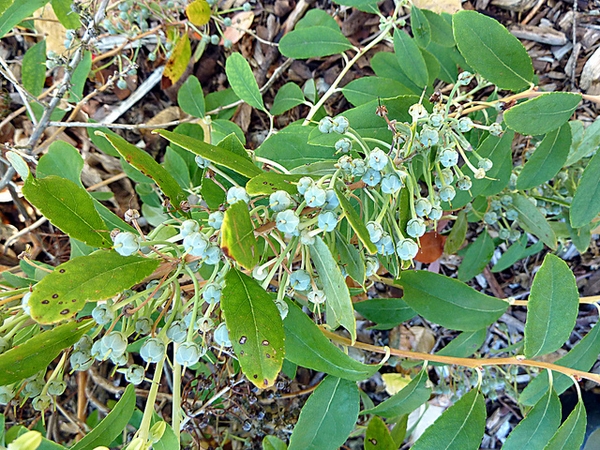
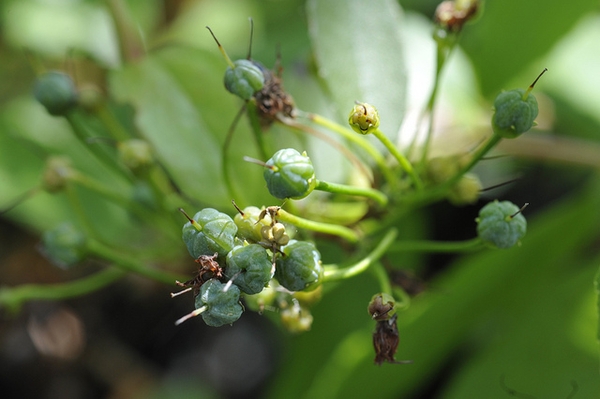
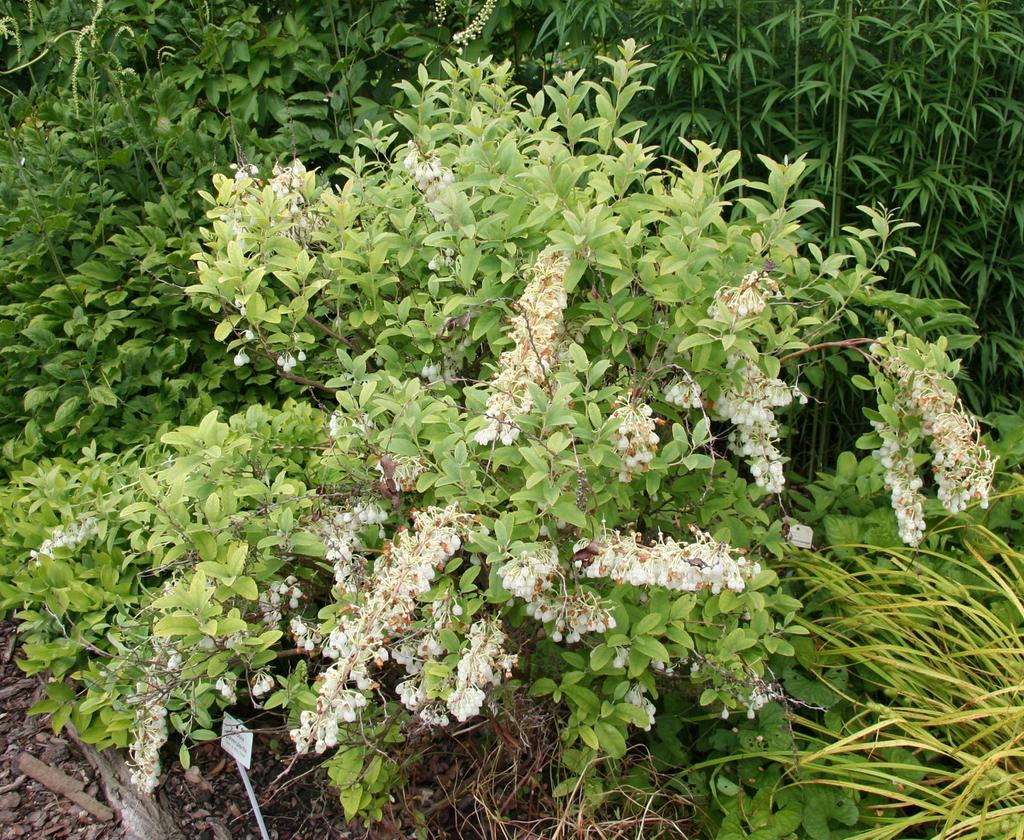
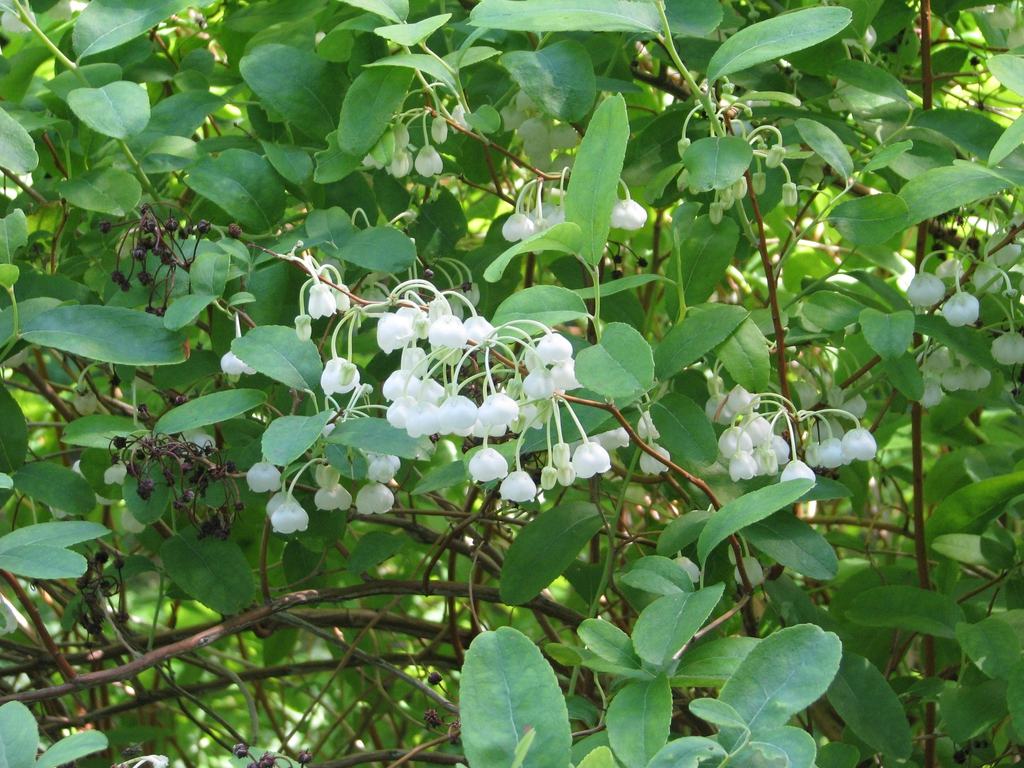
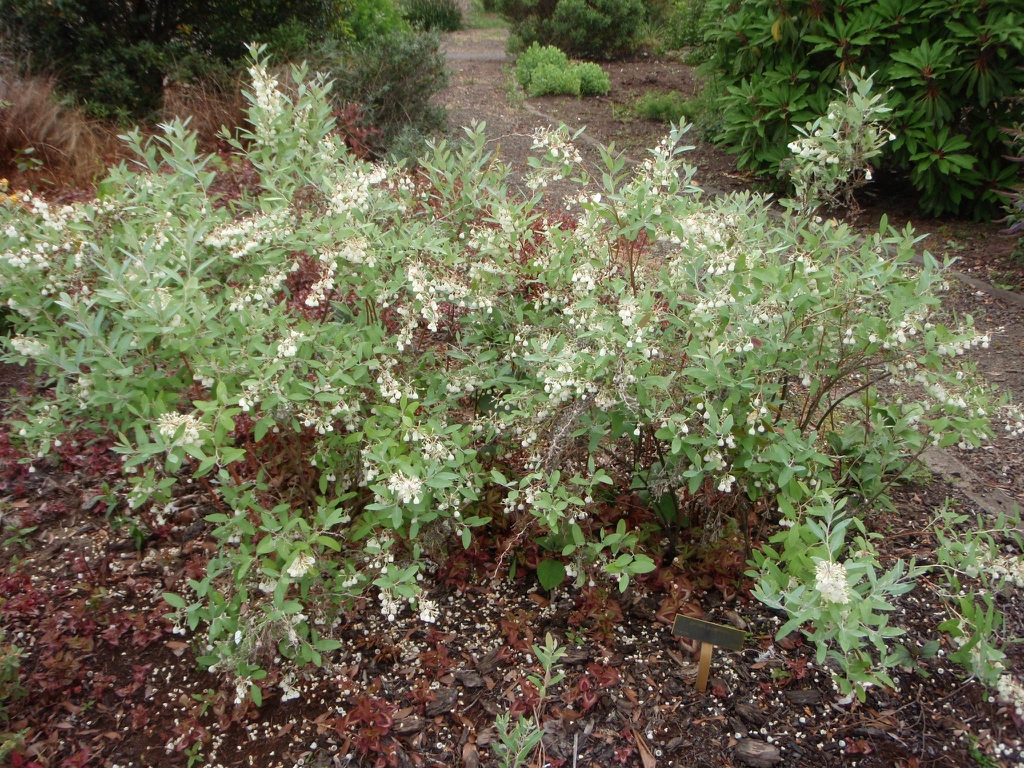
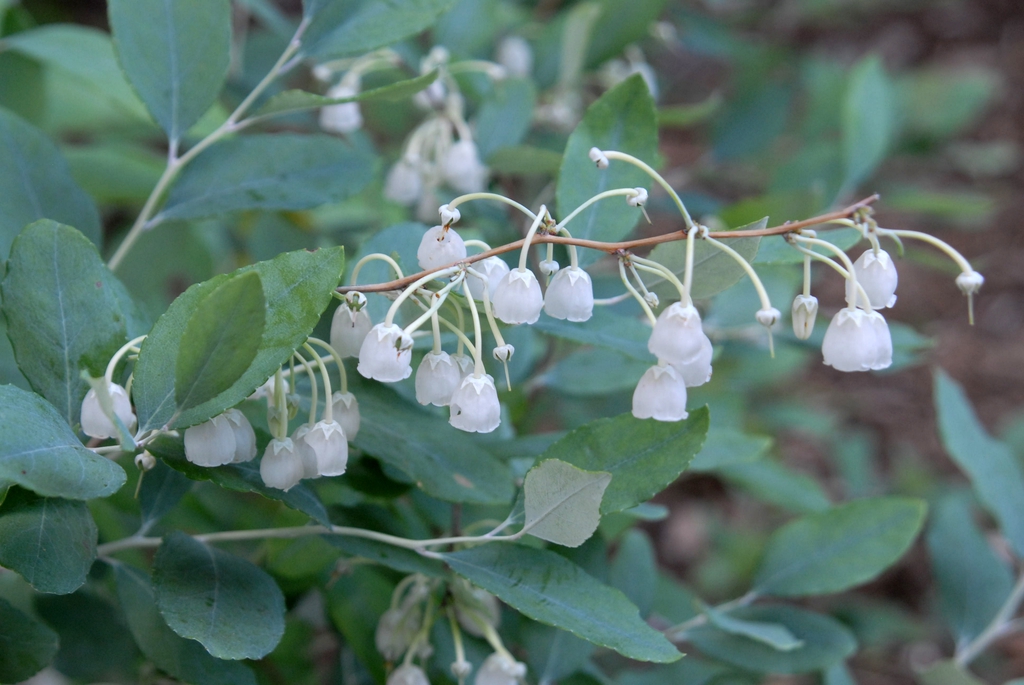
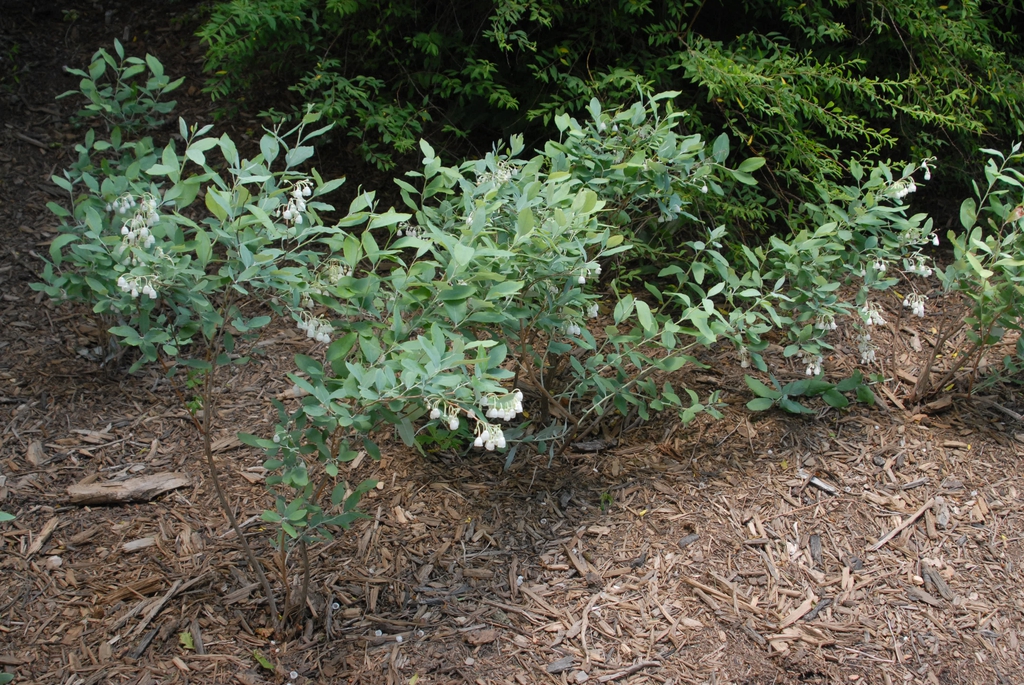
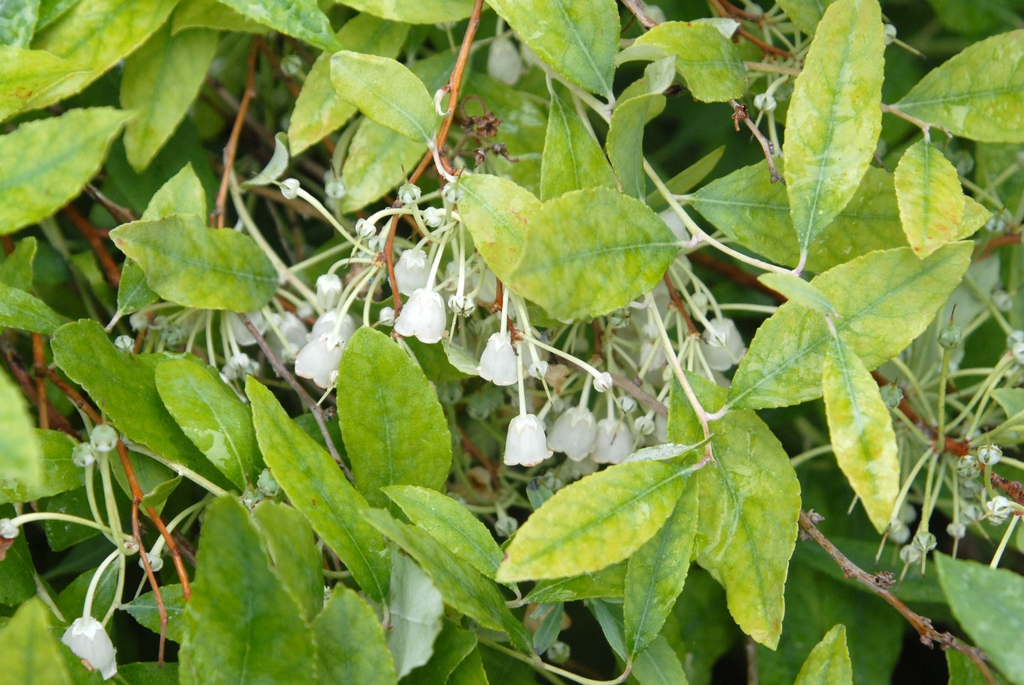
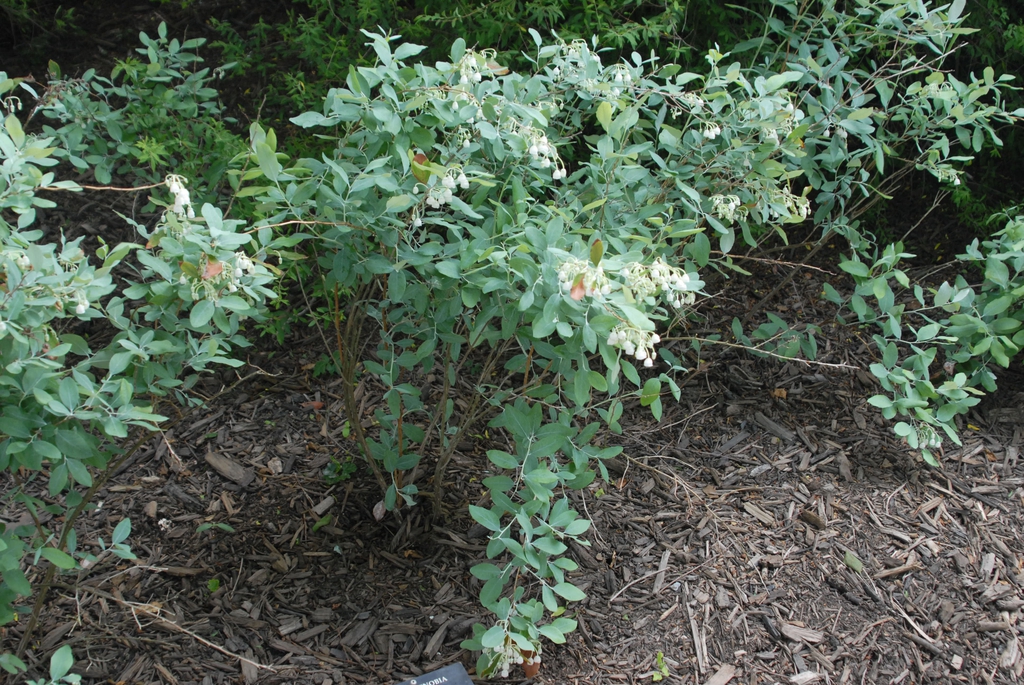
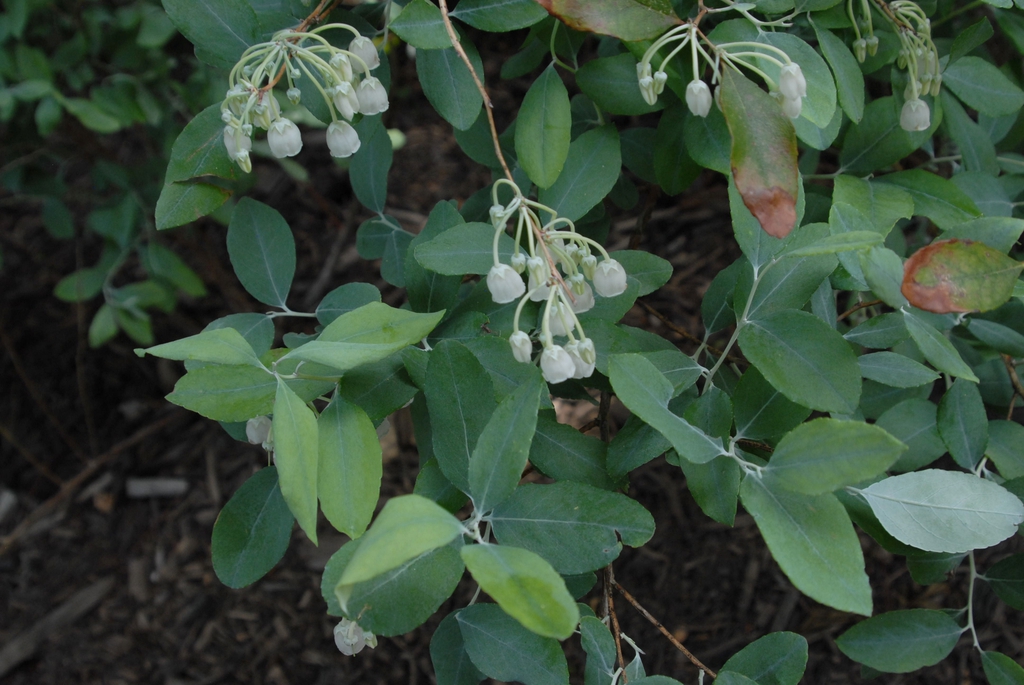















- Cultivars / Varieties:
-
- 'Woodlander's Blue'
- 'Woodlander's Blue'
- 'Woodlander's Blue'
- Tags:
-
-
Attributes:
- Genus:
- Zenobia
- Species:
- pulverulenta
- Family:
- Ericaceae
- Life Cycle:
- Perennial
- Woody
- Recommended Propagation Strategy:
- Seed
- Stem Cutting
- Country Or Region Of Origin:
- Native to the Southeastern US
- Distribution:
- Southeastern US Coastal Plain
- Dimensions:
- Height: 3 ft. 0 in. - 10 ft. 0 in.
- Width: 3 ft. 0 in. - 7 ft. 0 in.
-
-
Whole Plant Traits:
- Plant Type:
- Native Plant
- Perennial
- Shrub
- Woody Plant Leaf Characteristics:
- Deciduous
- Habit/Form:
- Arching
- Multi-stemmed
- Open
- Spreading
- Growth Rate:
- Medium
- Maintenance:
- Medium
-
-
Cultural Conditions:
- Light:
- Full sun (6 or more hours of direct sunlight a day)
- Partial Shade (Direct sunlight only part of the day, 2-6 hours)
- Soil Texture:
- Loam (Silt)
- Sand
- Soil pH:
- Acid (<6.0)
- Soil Drainage:
- Frequent Standing Water
- Moist
- Occasionally Wet
- Available Space To Plant:
- 3 feet-6 feet
- NC Region:
- Coastal
- USDA Plant Hardiness Zone:
- 6a, 6b, 7a, 7b, 8a, 8b, 9a, 9b
-
-
Fruit:
- Fruit Color:
- Green
- Purple/Lavender
- Display/Harvest Time:
- Fall
- Fruit Type:
- Capsule
- Fruit Description:
- 5 valved capsules that appear between September to October
-
-
Flowers:
- Flower Color:
- Cream/Tan
- White
- Flower Inflorescence:
- Raceme
- Flower Value To Gardener:
- Fragrant
- Showy
- Flower Bloom Time:
- Spring
- Summer
- Flower Shape:
- Bell
- Flower Size:
- < 1 inch
- Flower Description:
- Fragrant flowers bloom in the late spring to early summer (April-June).
-
-
Leaves:
- Woody Plant Leaf Characteristics:
- Deciduous
- Leaf Color:
- Blue
- Green
- Leaf Feel:
- Leathery
- Waxy
- Leaf Value To Gardener:
- Showy
- Deciduous Leaf Fall Color:
- Purple/Lavender
- Red/Burgundy
- Leaf Type:
- Simple
- Leaf Arrangement:
- Alternate
- Leaf Shape:
- Elliptical
- Ovate
- Leaf Margin:
- Undulate
- Hairs Present:
- No
- Leaf Length:
- 1-3 inches
- Leaf Description:
- Alternate, simple, leathery waxy smooth on both surfaces with undulate margins. Leaves are blue-green in the spring and summer and red-purple in the fall.
-
-
Stem:
- Stem Color:
- Brown/Copper
- Green
- Stem Is Aromatic:
- No
-
-
Landscape:
- Landscape Location:
- Coastal
- Pond
- Landscape Theme:
- Native Garden
- Water Garden
- Attracts:
- Small Mammals
- Songbirds
- Resistance To Challenges:
- Compaction
- Dry Soil






